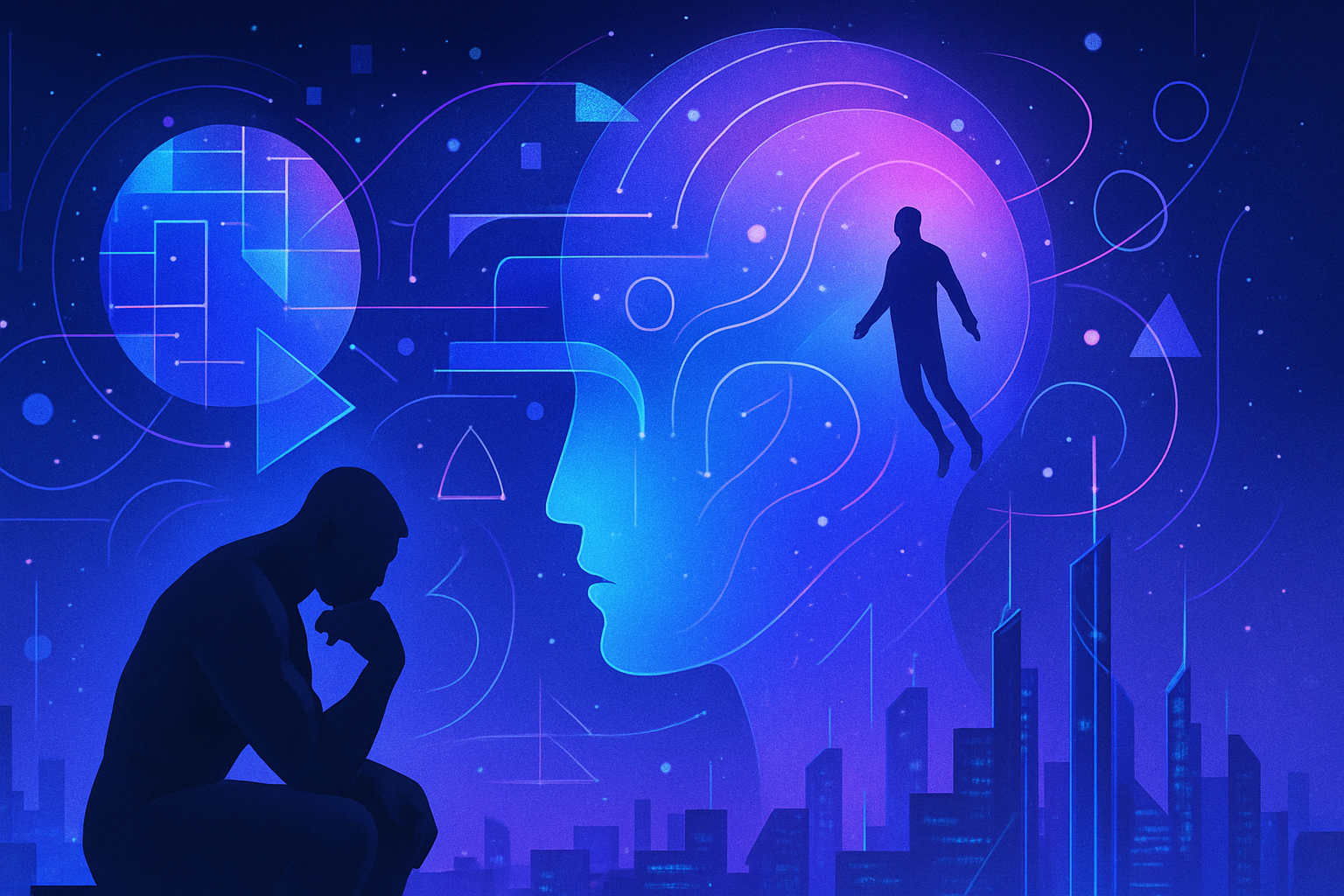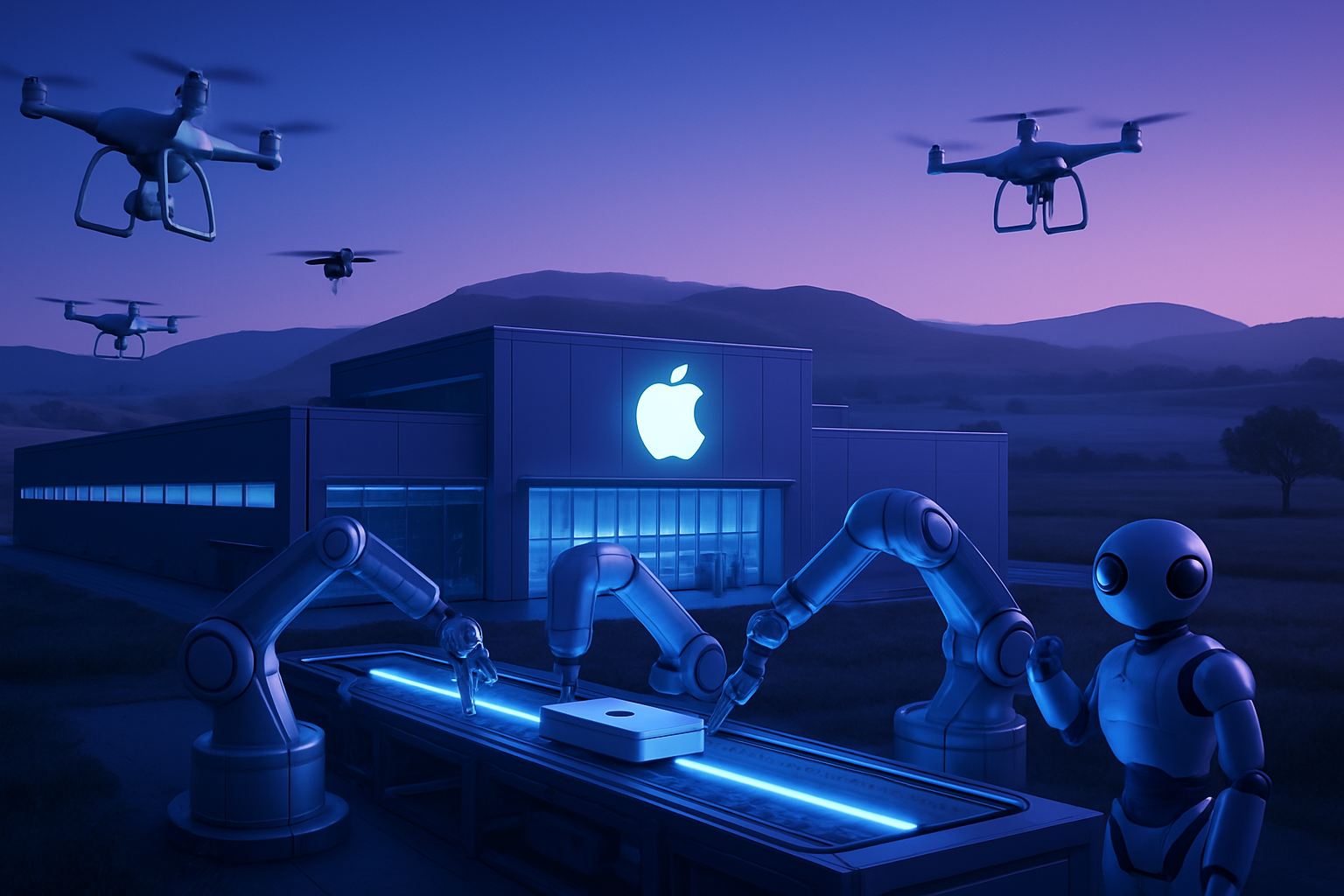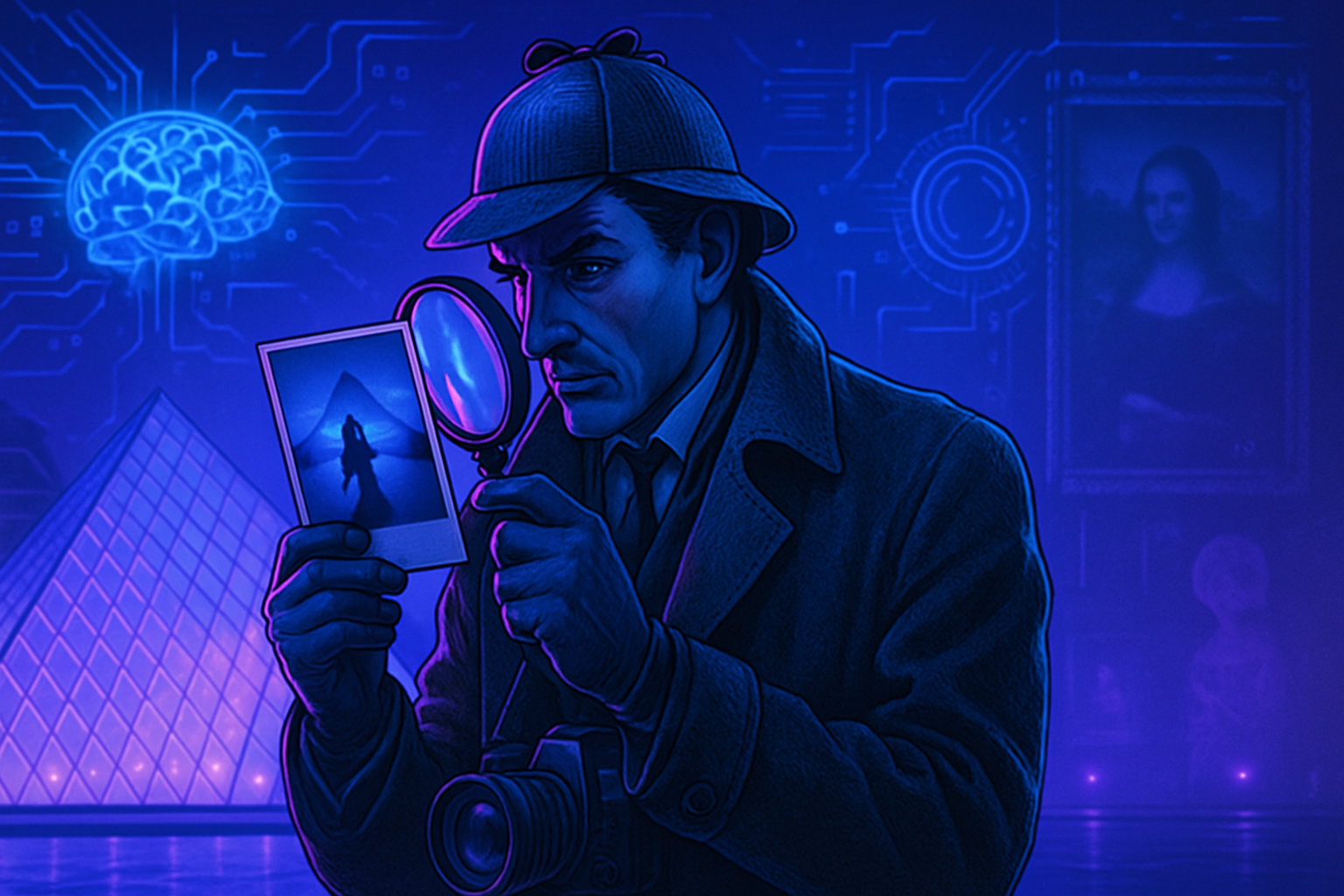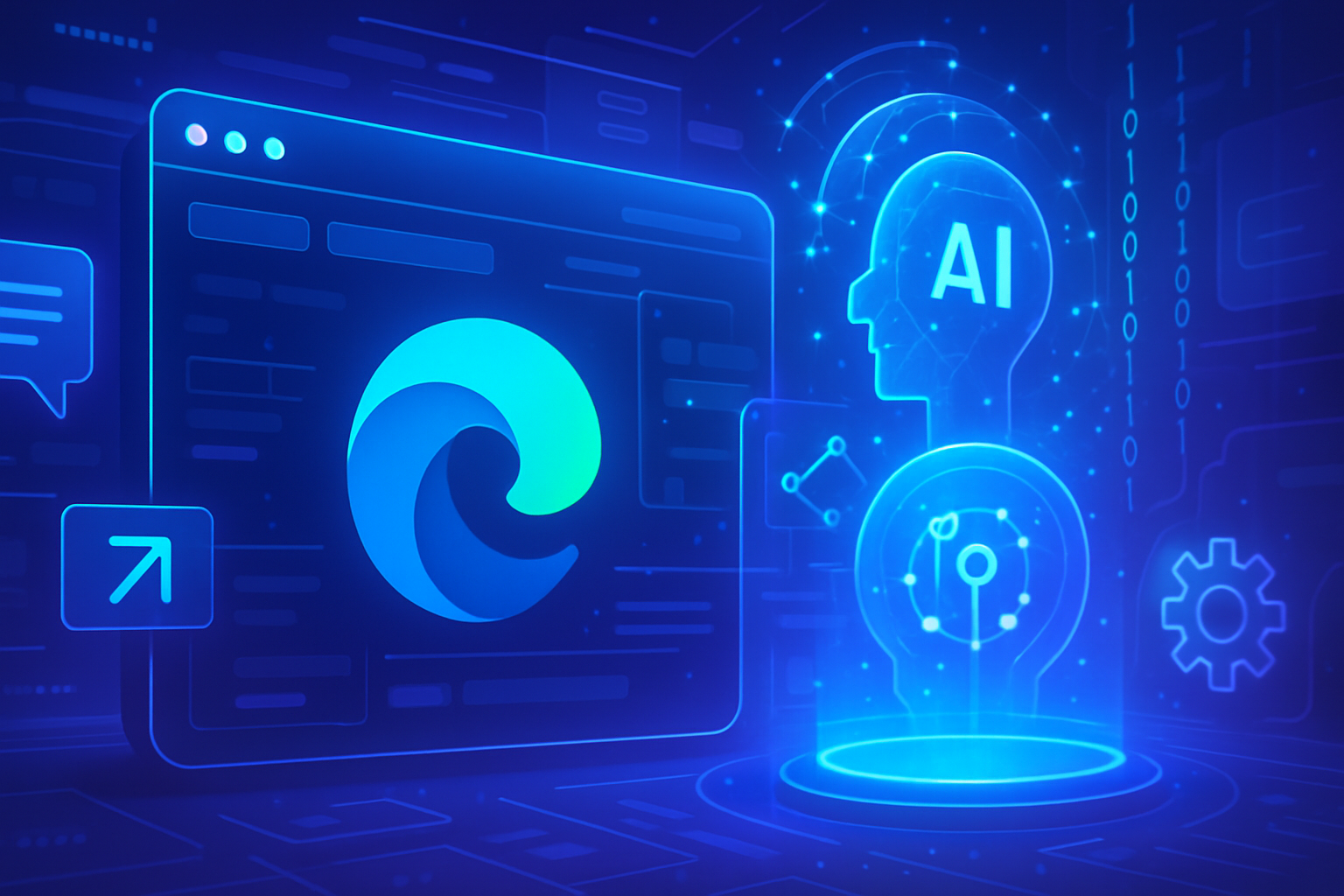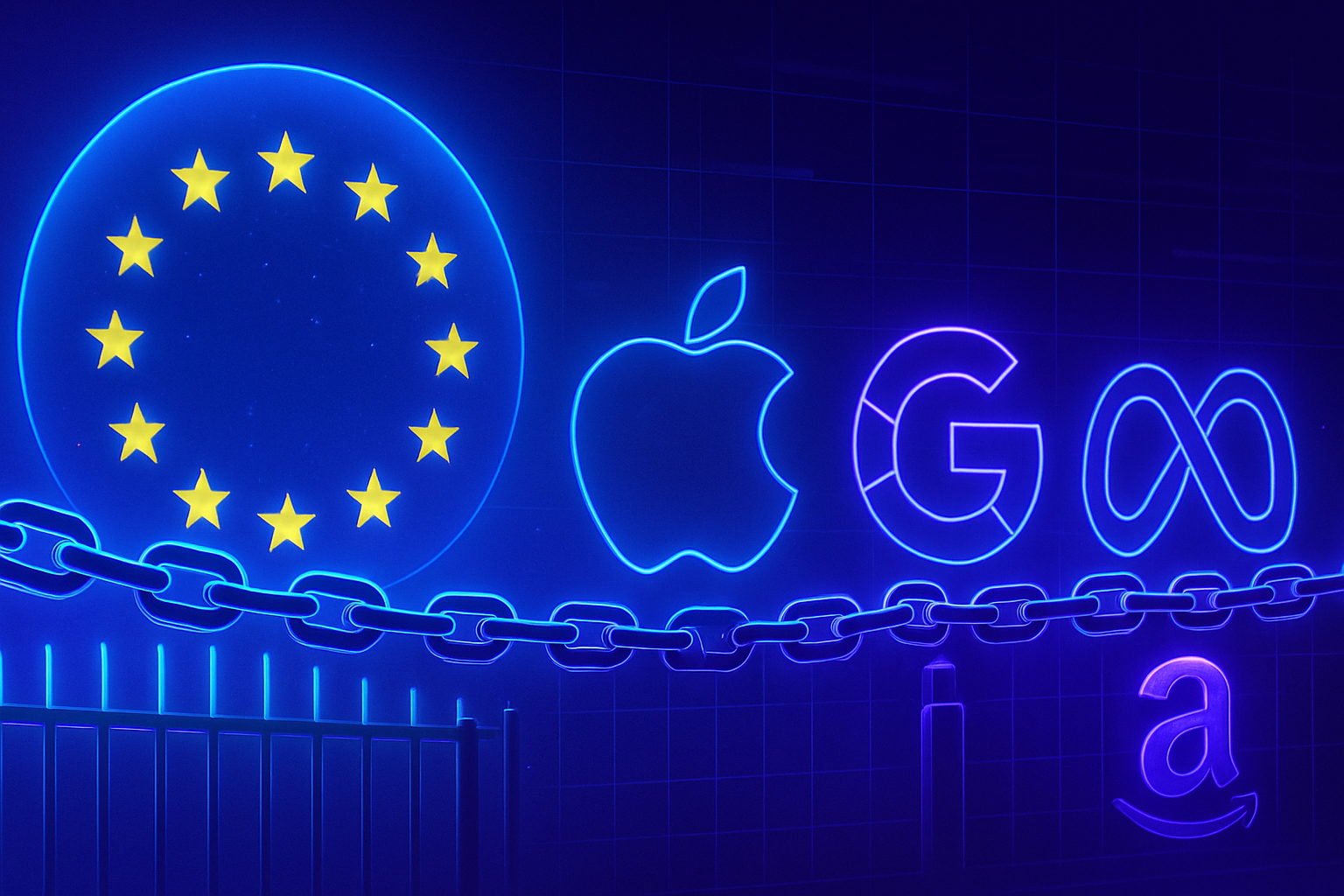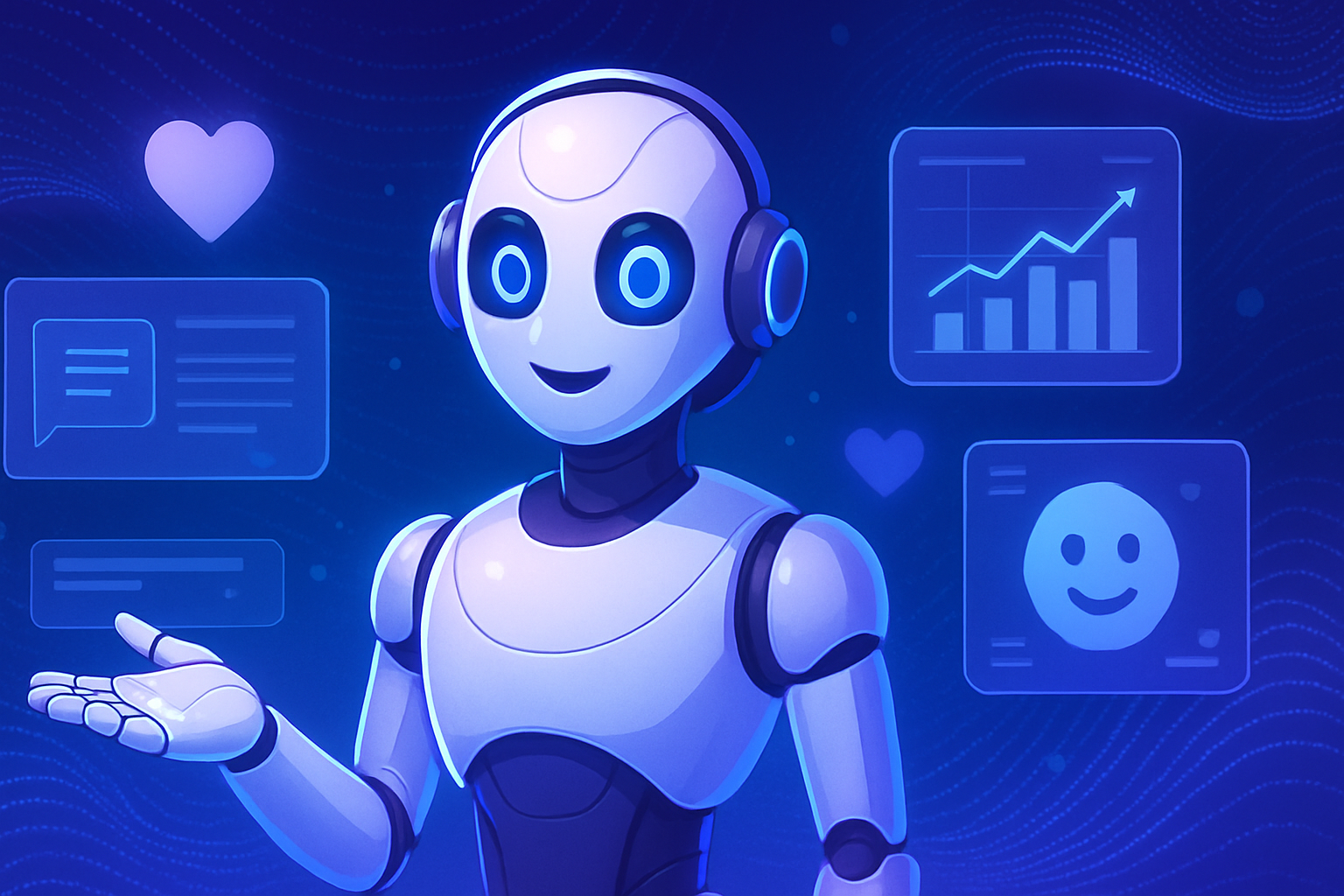The digital age transcends traditional boundaries of creativity. Jim Gabaret, a prominent thinker, suggests reinterpreting our relationship with art through _“IArt”_. This tool, shaped by artificial intelligence, highlights the _interconnection between technology and human imagination_. Artistic productions generated by AI challenge conventional notions of authenticity while offering an *unprecedented spectrum of exploration*. Understanding the impact of IArt on the contemporary cultural landscape is essential for grasping the mutations of our collective creativity.
Jim Gabaret and “IArt”
Jim Gabaret, philosopher and researcher at the University of Paris-I, questions the phenomenon of “IArt”. This term refers to art generated by artificial intelligence. Gabaret observes how this artistic innovation calls into question traditional concepts of creativity and originality.
The Sale of the Portrait of Edmond de Belamy
The canvas titled the Portrait of Edmond de Belamy embodies a major milestone in the history of digital art. It is a work created by an algorithm and was sold at auction at Christie’s for the staggering sum of $432,500 in 2018. This event marked the integration of artificial intelligence into the artistic world, sparking fascination and apprehension.
Concerns Regarding Artificial Intelligence
Gabaret emphasizes that critiques of AI often focus on its negative aspects. Artists fear their creations will be devalued by this technology. The concerns are legitimate, particularly regarding the plundering of collective creativity and issues of authenticity. However, these worries can obscure the unexpected potential of AI as a creative tool.
A Reflection on Creativity and Imagination
Gabaret proposes a reevaluation of human creativity in the light of artificial intelligence. He argues that AI is not limited to reproducing works. It can generate new ideas, bringing an unexplored dimension to the collective imagination. This paradigm shift invites a reconsideration of the boundaries between artist and machine.
A Challenge for Contemporary Artists
Artists face an unprecedented challenge. Reinventing their practice in the face of the rise of artificial intelligence becomes necessary. The question arises: how can humans assert themselves against immaterial creations? This competition may force artists to explore more authentic and introspective forms of expression.
Towards a New Artistic Approach
Developing IArt could lead to a reinvention of our way of conceiving art. By combining AI with a human approach, Gabaret envisions a future where creations stand as dialogues between distinct intelligences. Such a symbiosis could enrich the artistic landscape, giving rise to works that transcend preconceived ideas.
Sociocultural Implications of AI in Art
The implications of developing IArt extend far beyond the artistic field. As Gabaret argues, this evolution questions the identity and value of human creativity. The role of AI in contemporary culture raises debates about the ethics and responsibility of creators in the face of these rapidly expanding technologies.
Conclusion of the Analysis
The work of Jim Gabaret reflects an original thought on artificial intelligence and its role in redefining art. This phenomenon raises questions about the very nature of creativity and our ability to accept a constructive dialogue between humans and machines. Exploring these themes gives voice to the contemporary issues of art in the age of AI.
To consider other implications of AI, the article on the rise of AI in MedTech also offers fascinating perspectives on its clinical applications. A remarkable example, a political satire video, is available in this innovative project on Trump Gaza.
Frequently Asked Questions about Jim Gabaret and “IArt”
What is “IArt” according to Jim Gabaret?
“IArt” refers to art generated by artificial intelligence and explores how these creations can broaden our understanding of art and creativity.
How does Jim Gabaret view the impact of AI on human creativity?
Gabaret believes that AI does not replace human creativity but rather complements and enriches our imagination by offering new perspectives and possibilities.
What are the main concerns raised about AI’s creativity, according to Jim Gabaret?
Concerns include the fear of losing our uniqueness as artists, as well as worries about the origins of the data used to train these artificial intelligences.
To what extent does “IArt” influence the traditional art market?
Jim Gabaret notes that “IArt” is beginning to assert itself in the market, attracting the attention of collectors and challenging traditional notions of artistic value.
What elements are examined in Jim Gabaret’s book on “IArt”?
The book addresses the evolution of art in the digital age, the creative process of AI, and reflects on how these innovations can redefine our relationship with art.
How can “IArt” serve as an educational tool, according to Gabaret?
Gabaret asserts that “IArt” can be used in education to stimulate students’ creativity and experiment with new ideas, thereby fostering a dynamic learning environment.
What key skills should artists develop to work with AI?
Artists should acquire digital skills, understand AI algorithms, and learn to collaborate with these technologies to maximize their creative potential.
What is the role of ethics in the practice of “IArt”?
Jim Gabaret emphasizes the importance of ethical reflection around the data used by AIs to ensure respect for copyright and human creative intelligence.
